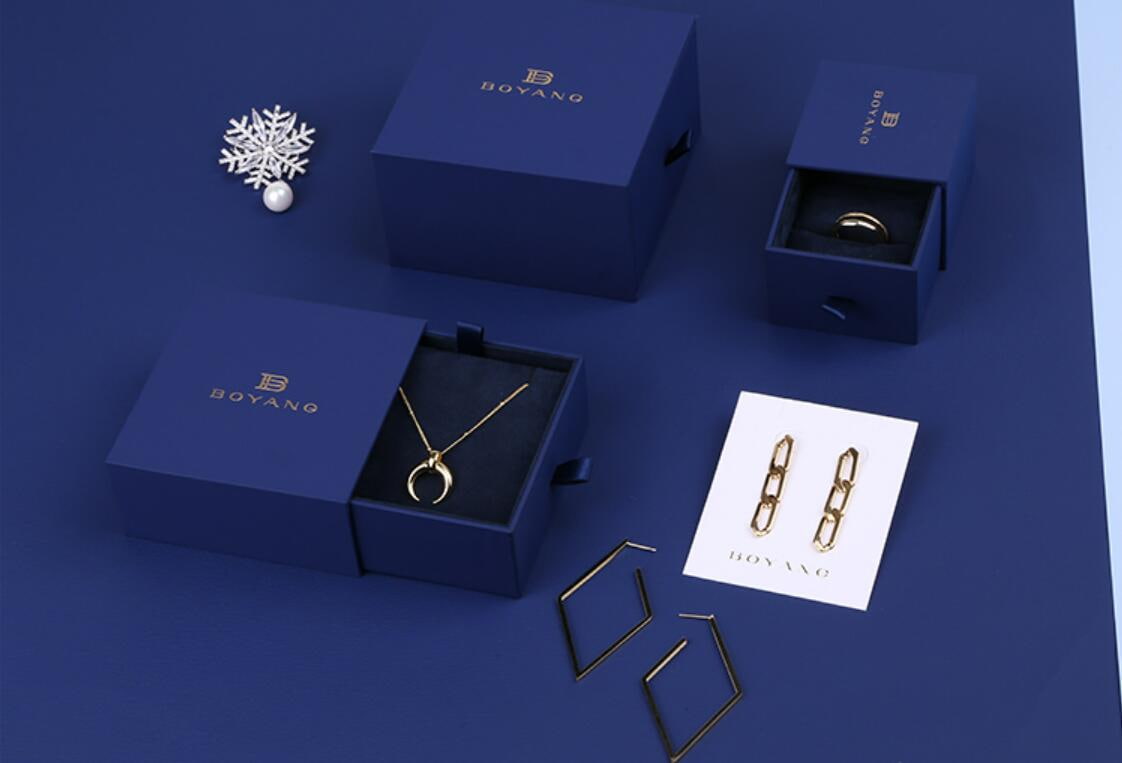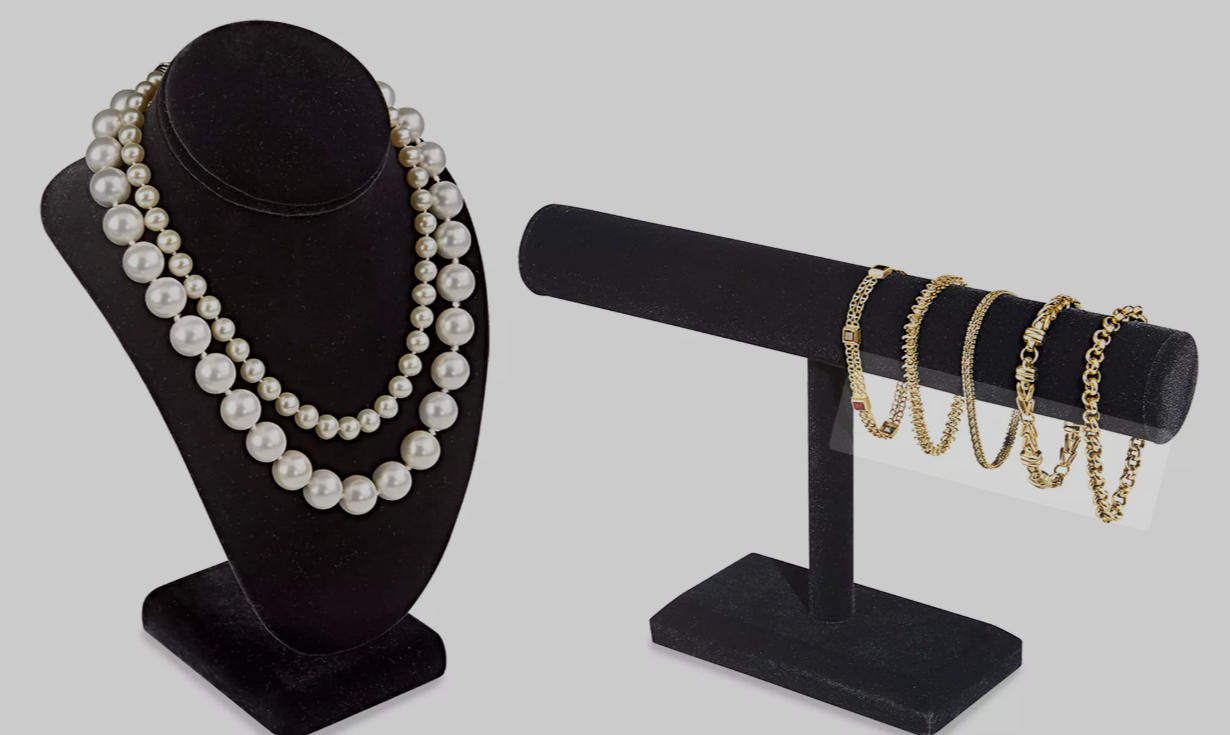You can share
- Share to Facebook
- Share to Google+
- Subscribe to our
- Share to Linkedin
- Share to Twitter

In jewelry retail and brand display, packaging and display are two essential components. While both are used to present jewelry, they differ significantly in their design goals, usage scenarios, and brand communication. This article will analyze the differences between paper jewelry boxes and jewelry display stands from four perspectives: structure, function, aesthetics, and marketing, and explore their respective value in brand operations.
Jewelry boxes are primarily used to protect and store jewelry. Paper jewelry boxes, in particular, are widely used for brand sales and gift packaging due to their lightweight, environmentally friendly, and affordable design. Their core function is to "safeguard and showcase the brand image," helping jewelry remain intact during transportation and delivery while also conveying the brand's spirit.
Jewelry display stands, on the other hand, are more commonly used in store displays, exhibitions, or window displays. They emphasize "visual presentation and sales promotion," using angles, lighting, and materials to highlight the details and luster of jewelry, attracting consumers' attention and increasing their purchasing desire.
Simply put, packaging boxes are used for protection and delivery, while display stands are used for display and sales.

Paper jewelry boxes are typically made from high-density cardboard, specialty paper, or environmentally friendly pulp. Surface treatments such as lamination, hot stamping, and embossing can enhance the brand's appeal. Interiors are often padded with velvet, EVA, or sponge to secure the jewelry and protect it from impacts and scratches.
Jewelry display stands, on the other hand, prioritize structural stability and visual appeal. Common materials include acrylic, metal, stainless steel, wood, or leather. Display stands need to support a variety of jewelry, such as necklaces, earrings, bracelets, and rings, so their designs emphasize three-dimensionality and visual appeal. For example, necklace displays often feature a human neck-shaped structure, while ring displays often feature compartments for easy placement and organization.
Summary:
Jewelry boxes: Lightweight, protective, and easy to transport.
Jewelry display stands: Stable, beautiful, and focused on visual presentation.
Paper jewelry boxes are an essential component of a brand's visual identity. Design elements such as color, font, and logo placement must all be consistent with the brand image. The moment consumers open the packaging, their first impression often stems from the box's design details. Therefore, jewelry boxes prioritize brand recognition and emotional engagement.
Jewelry display stands play a crucial role in sales conversion. They maximize the jewelry's appeal through spatial layout, lighting reflection, and material contrast. A well-designed display stand can elevate ordinary jewelry to a high-end aesthetic, visually stimulating a desire to purchase. It can be said that packaging boxes prioritize a "private experience," while display stands prioritize "public display."
Paper jewelry boxes are mostly used once or for a short period of time. Consumers can store them as storage boxes after purchase, but their frequency of use is low. Jewelry display stands, on the other hand, are long-term devices, often displayed on counters or in showrooms, and constitute part of the store's fixed assets.
Thus, in terms of design cycle and production standards, display stands require higher durability, including resistance to pressure, scratches, and moisture. Paper jewelry boxes, on the other hand, emphasize lightweight, environmentally friendly, and mass-producible features.

Under the trend toward sustainable design, paper jewelry boxes are gradually replacing plastic and leather, becoming a representative example of eco-friendly packaging. Their raw materials are recyclable and renewable, aligning with the green philosophy of modern brands. While jewelry display stands offer a longer lifespan, they are often made of non-biodegradable materials. Without planned reuse, these materials increase the risk of disposal.
As a result, more brands are exploring removable and interchangeable display stand designs or incorporating recyclable metal and bamboo materials to reduce their environmental impact.
In general, while both paper jewelry boxes and jewelry display stands are part of the jewelry display system, their functional roles are distinct. The former focuses on protection and brand identity, while the latter emphasizes display and sales conversion. The two complement each other, forming a complete visual and experiential system for jewelry brands.